This guide is intended for people working in small specialist museums who would like to get closer to the industries their museums represent and are finding it hard to achieve.
It is a peer-reviewed resource. Please let us know if it works for you. If you would like to make recommendations or suggest modifications please contact modip@aub.ac.uk.
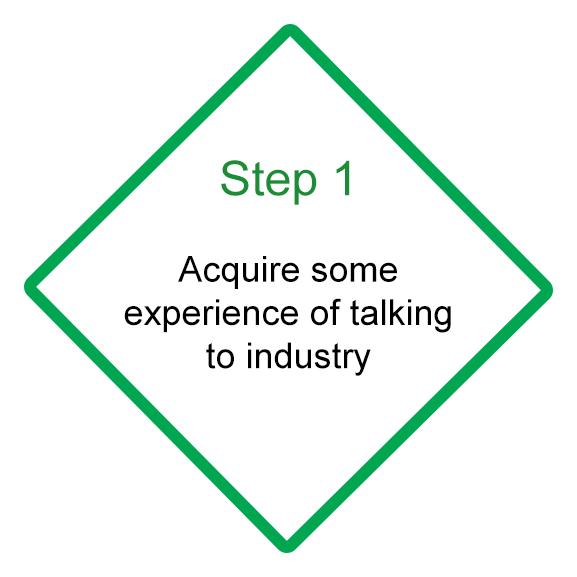
Museum staff report feeling they speak a different language to business people. The Symbiosis project was fortunate in having funding to recruit an industry consultant to help staff bridge this gap partly by empowering them to become more entrepreneurial and partly by providing leadership in brokering relationships with industry. There are however other ways in which you may be able to do this. Perhaps you have a trustee from the industry in question who could provide some training or perhaps you can find a museum that has a staff member with the relevant experience, even if in relation to a different industy, whom you could shadow.
If you would like and are able to go down the Symbiosis route, the position should be advertised in both the national and local press. We found networking bodies the most effective, for example trade associations, cosultancy networks, and manufacturing clusters. The advertisements were of various types: online advertisements, webpage blog posts and emails to members. Circulation to members of an industry network was the most productive. The advertisements were free with the exception of one online advertisement which yielded no results.
A sample industry consultant advertisement can be downloaded below.
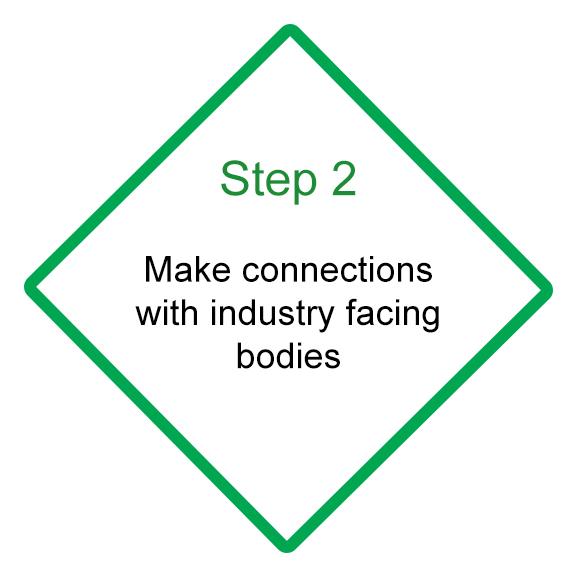
There are many organisations set up to foster business networks. Below are examples of organisations of this kind which we have found helpful. Before talking to them it is a good idea to have an idea of what you think you may be able to offer them written from the perspective of the business.
A text on the benefits afforded industry through collaboration can be downloaded below.
Local Enterprise Partnerships (LEP)
If you are not engaged with your LEP then contact them to let them know that you are looking for businesses with which to collaborate. The LEP's key role is to develop business in the region. They may not be able to help directly but they should be able to provide connections to networks operating in your area that could help. Your LEP may also be in receipt of European Regional Development Funding which may mean that thay have free support available to help you write a strategy for business engagement. Qualifiers are that each region is different and there are many caveats to the funding.
Economic Regional Development Team
Some are responsible for geographic areas and some are responsibile for particular sectors but all have been very willing to help make connections and alert us to projects happening across the region.
Universities
If you are not already in touch with universities in your area, it could be worth contacting their Knowledge Exchange / Knowledge Transfer / Industry liaison team. They will be working with external companies and could be aware of projects or funding or connections that could benefit you.
Knowledge Transfer Networks (KTNs)
Supported by Innovate UK, KTNs are sector themed networks of companies. Their main purpose is to share knowledge and alert members to funding streams. However, it contains lists of companies in the network, so it can be a good way to identify companies in your sector which are outward facing.
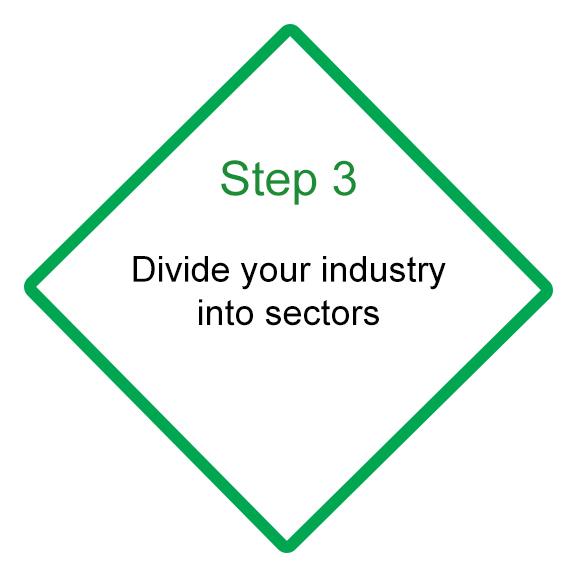
Analyse the consitutuent parts of your industry. Think of the materials and processes involved as well as the end products. This expands the field of opportunity. We divided the plastics industry into the following sectors: automotive, building, design, environmental, machinery, marine, materials, medipharma, packaging, trade moulding.
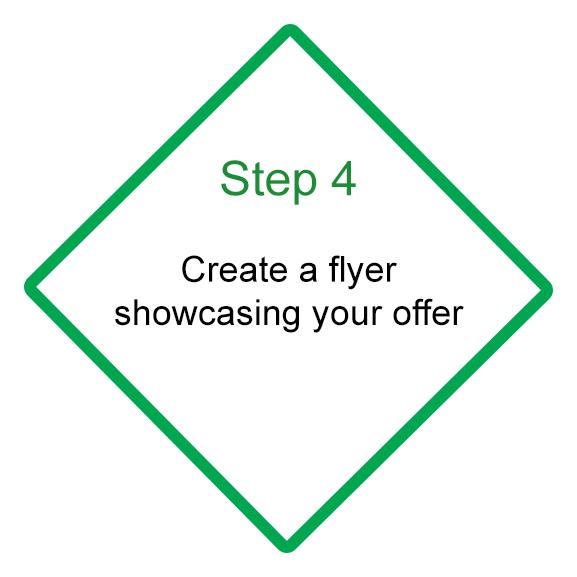
You can download a generic list of potential industry related projects below.
Because of the wide range of companies we were going to approach we made four flyers. They have the same words but different images enabling selection of the image most likely to appeal to a particular company. The colours blue, grey, green and red refer to the MoDiP logo. We had the flyers in digital and physical form.
You can download the different flyers below.
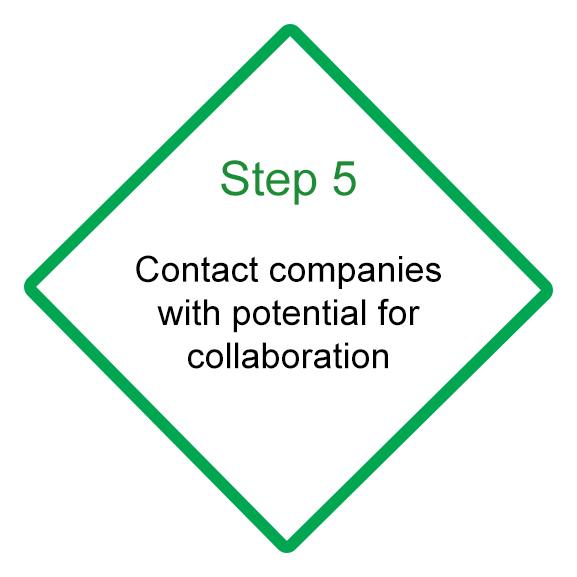
Having divided the industry into different sectors, the industry consultant researched each sector and selected a group of firms to target. Initial contact was made by telephone. An attempt was made in each case to talk to a head of department, someone senior enough to be able to make a decision. When interest was shown the telephone contact was followed up by an email and an e-flyer.
You can download a sample text for the email below.
The email was followed up by another telephone call leading in approximately one in ten contacts to an appointment with the company.
It is important to make it clear at this initial stage the purpose of the visit otherwise time will be wasted.
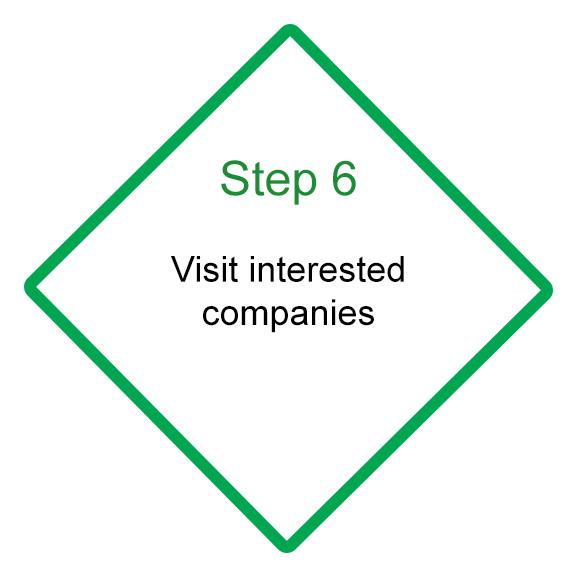
The appointment should be confirmed the day before it takes place.
It is useful for the Industry Consultant and Museum Staff member to make the visit together as they can complement each other in presenting the purpose of the visit and it provides an excellent learning experience for the Museum Staff member. You should be armed with ideas about what the museum can uniquely provide for the company and bear in mind that the company may have tangential agendas such as health and wellfare and corporate responsibility. We found it was as, if not more, important also to listen to what the company feels able to offer the museum. Two of MoDiP's interactions were conceived by the museum and two by the companies.
It is helpful also at this stage to clarify the ball-park figure that the company is likely to pay in sponsorship for the collaboration.
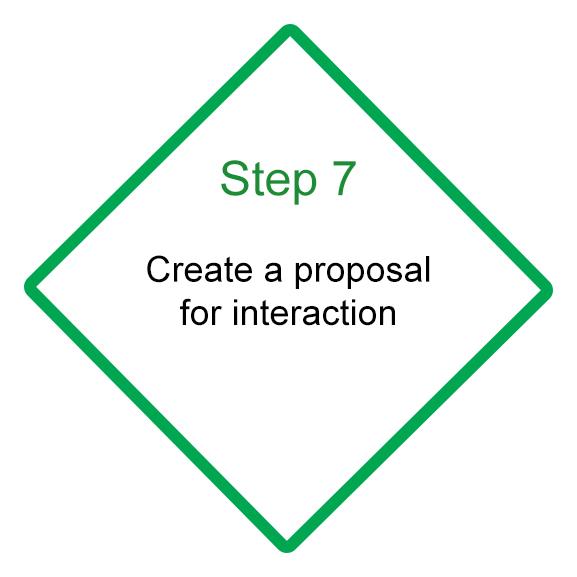
Bear in mind the image the company wishes to promote and ensure that the proposal supports it in a manner which is specific to the museum context. It is useful to suggest a number of packages involving different amounts of input with different figures against them. Make it clear that you are open to other suggestions.
Sample proposals can be downloaded below.
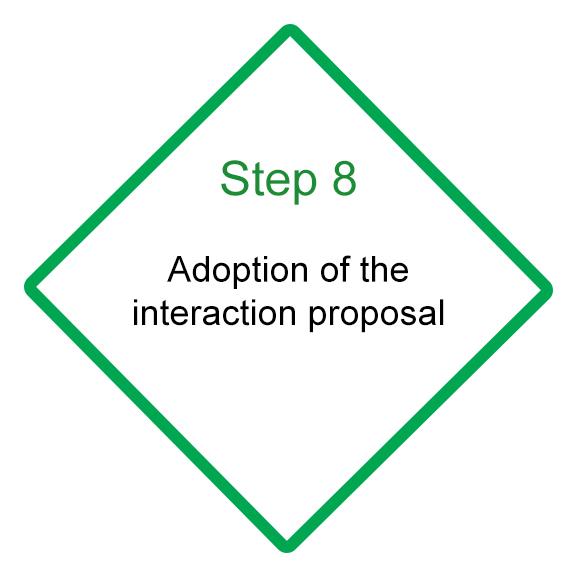
It is extremely important that both parties understand and agree their different responsibilities in relation to the interaction and its time-frame. Agreeing the detail of the finished interaction can be time-consuming so it is important to build in adequate time for the editing process: say an additional month.
Matters to bear in mind when drafting Letters of Agreement with sample wordings can be downloaded below.
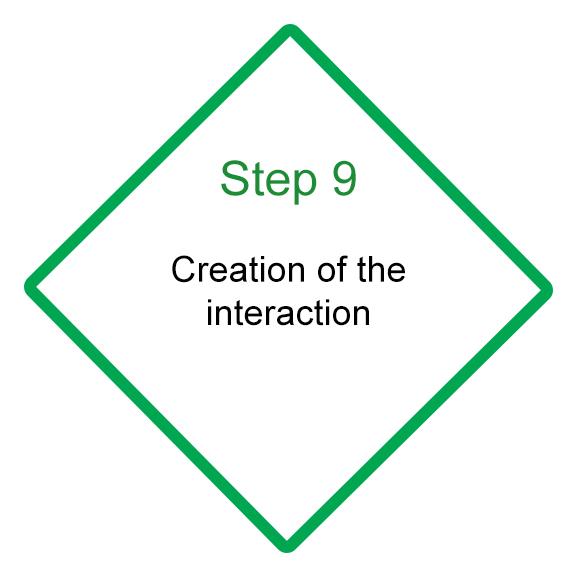
This is an opportunity for deepening the relationship with the company and getting to understand it better. The initial draft can be made either by the company or the museum. It is important to have an open dialogue with both parties participating in shaping and taking pride in the finished product.
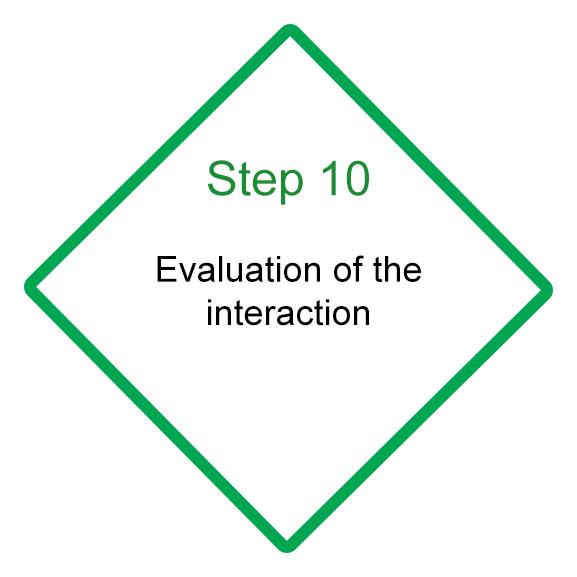
The purpose of developing these interactions is to exchange knowledge between the company and the museum and, thus, add value to both. It is, therefore, important to evaluate the extent to which this has been achieved and to learn from the evaluation how the result could be improved on in future collaborations.
Sample evaluation templates can be downloaded below.
